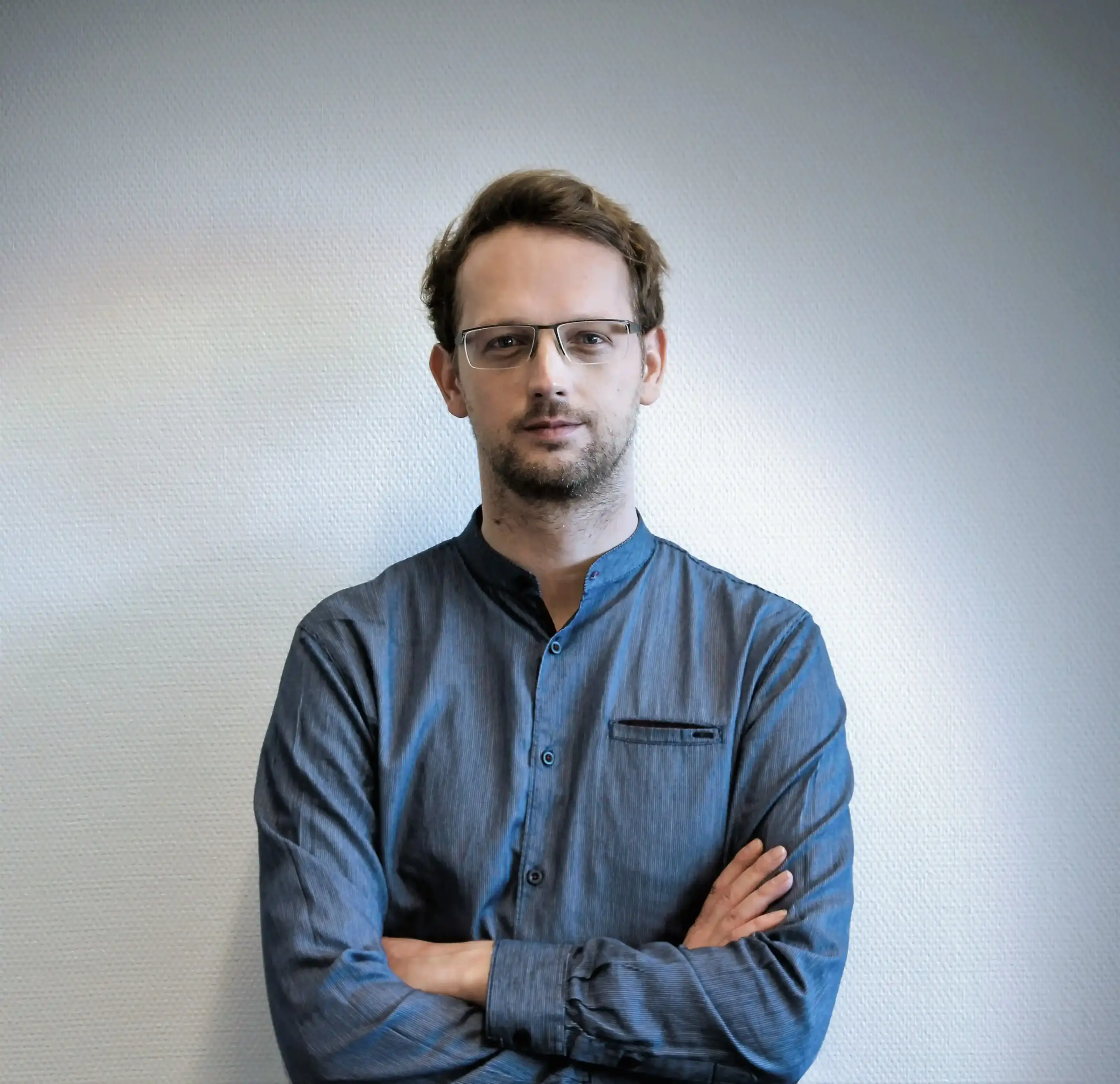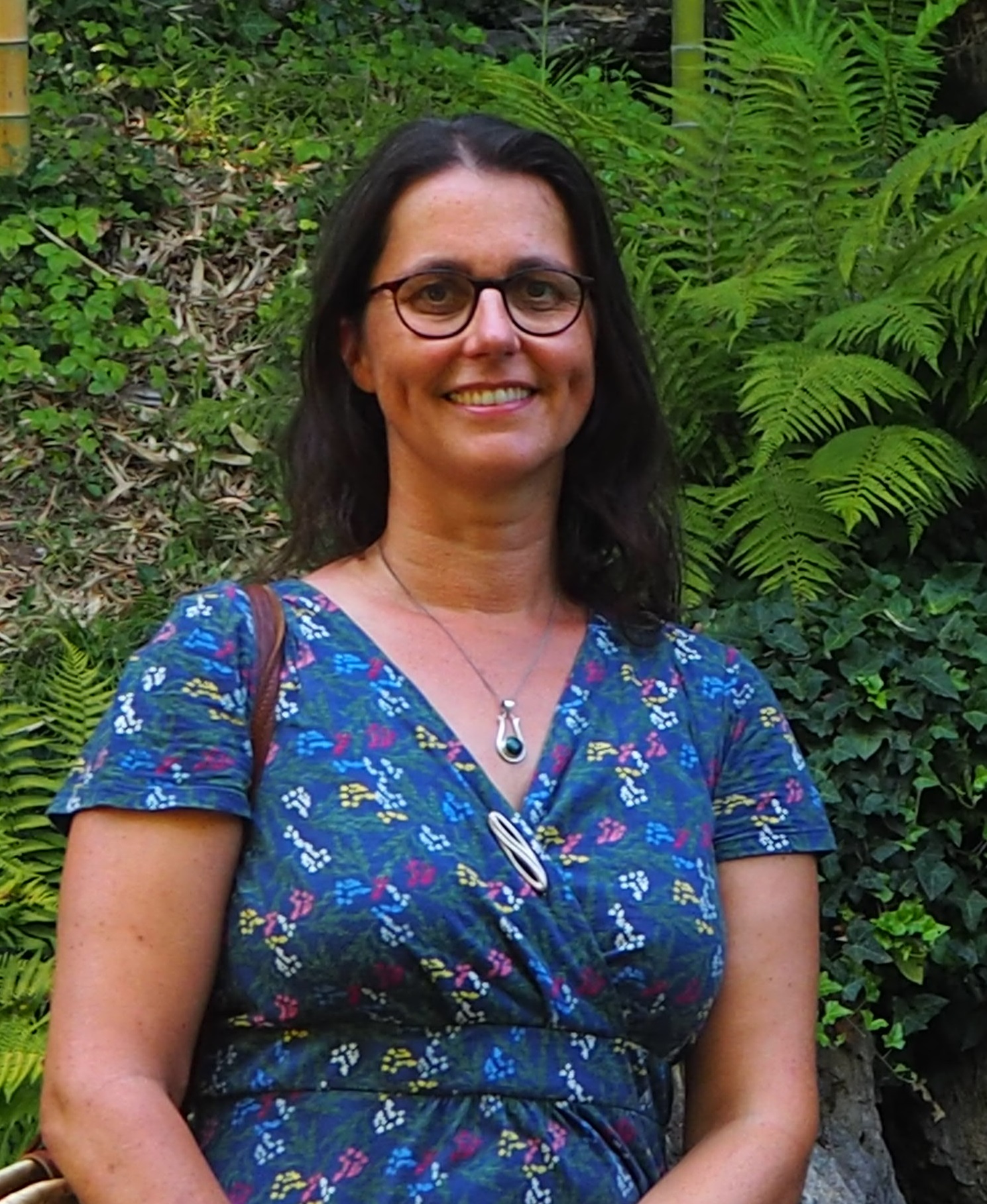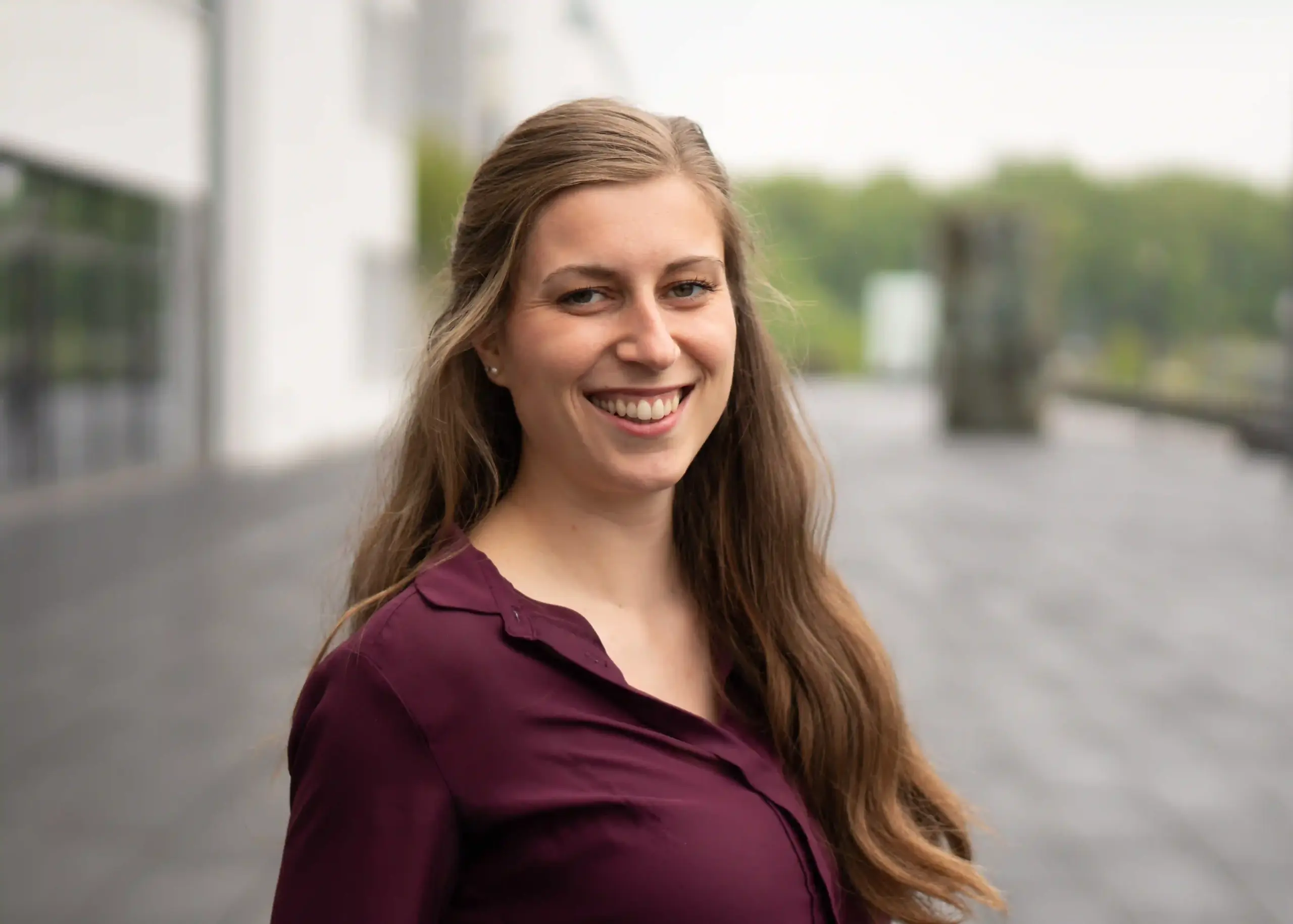Post
4 Min.
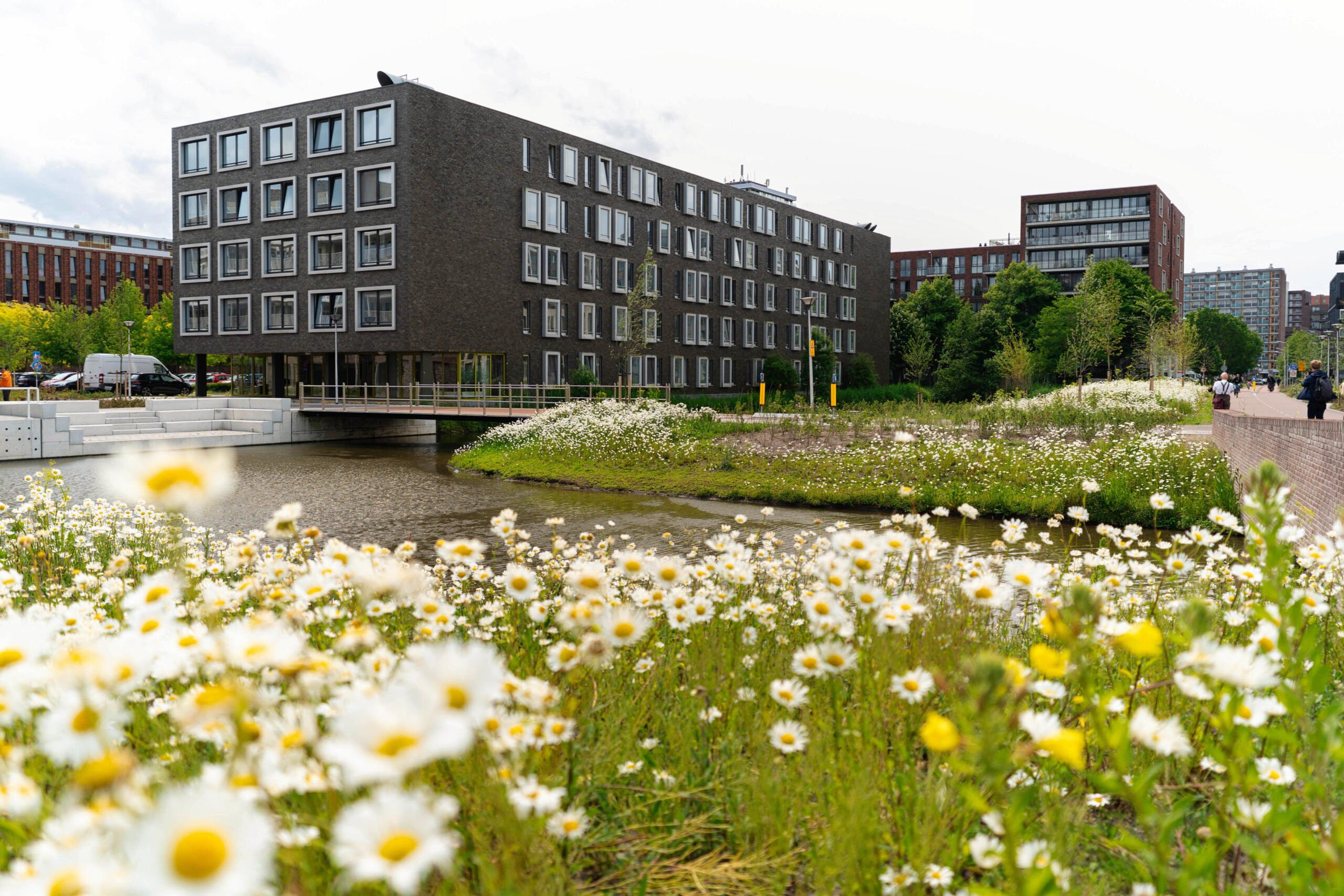
31. July 2025
From street noise to equal opportunities: how cities can make us healthier
There are significant differences between cities in terms of how healthily people can live. Some cities set a good example and pay close attention to the health of their residents. Other neighbourhoods are very noisy, dangerous and have high levels of air pollution. There are fewer green spaces or suitable places to play and exercise. This has a negative impact on people’s health and life expectancy.
An example: In a wealthy neighbourhood in Glasgow, Scotland, men live on average 14 years longer than in a poorer neighbourhood in the same city. For women, the difference is up to nine years. This is according to data from the Scottish Health Service (NHS).
In addition to individual factors, social networks, working and living conditions such as access to parks or green spaces, traffic, air pollution and noise in the environment also have an impact on health. This is unfair. Several data collections on the coronavirus pandemic have also shown that people who live in small flats without balconies or who do not have access to good healthcare, for example, are more severely affected by the virus than people with different living conditions.
Researchers investigate how cities can be made healthier
Over the past three years, an international working group at the Academy for Spatial Research and Planning in the Leibniz Association (ARL) has been addressing the topic of ‘Urban Planning for Health Equity’. The working group consists of 17 members from various European countries. Some members work in academia, others in practice. In addition, they come from different fields and bring expertise in urban planning, health science or landscape architecture. This allows different perspectives to be linked together.
What does health equity mean?
Health equity means that everyone should have the same opportunities to live a healthy life, regardless of how much money they have, where they come from or where they live. Health is a human right. Preventable injustices should be avoided.
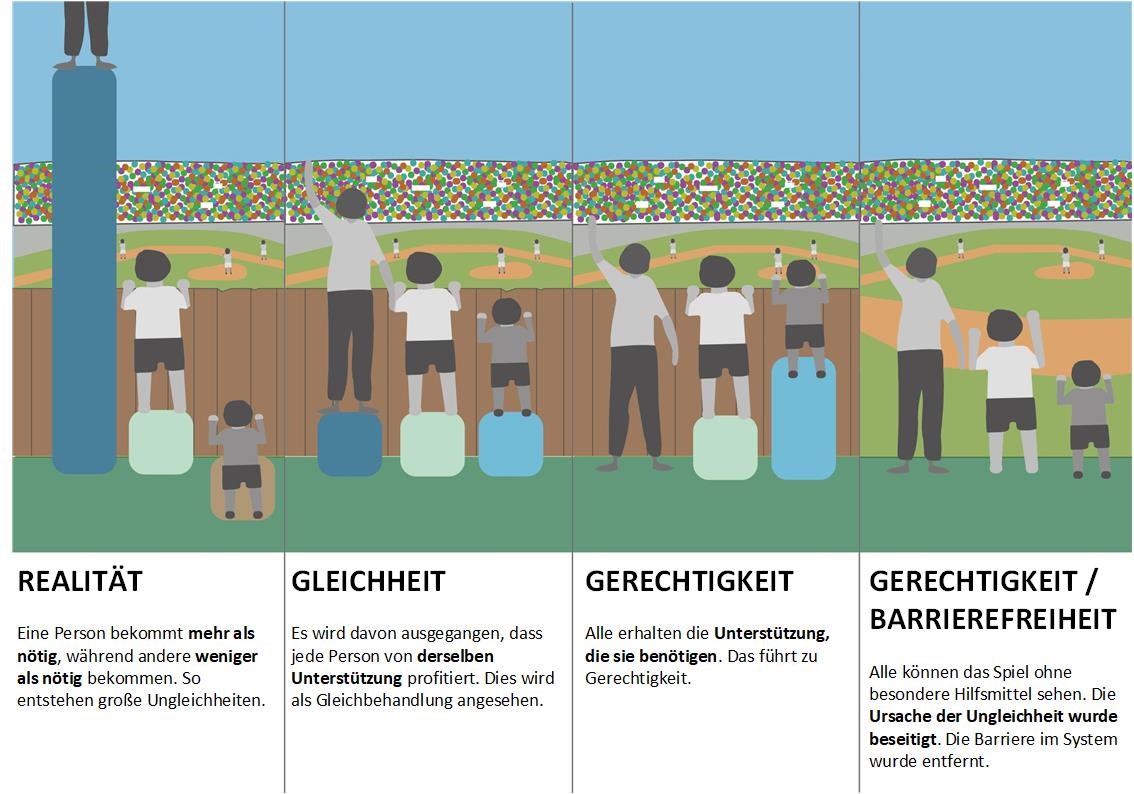
The graphic explains the idea of equal opportunity using the example of spectators at a sporting event: The reality is that some people are better off than others. Some can watch the game, while others unfortunately cannot. In this example, equality means that everyone gets the same stool to look over the fence. However, people are different heights, so for some, the stool is not high enough to see the game. Fairness means compensating for these differences so that everyone can watch the game equally well. And in terms of accessibility, fairness means that there are no fences at all and everyone can watch the game.
The factors influence the health in our cities
The working group discusses how cities can become healthier for everyone. This involves not only the design of streets and buildings or public spaces and parks, but also:
- Fair living conditions: How can all people – whether rich or poor – have equal opportunities to enjoy good health?
- Exercise and the environment: How can cities be designed to encourage people to exercise more and breathe cleaner air?
- Participation: How can residents help shape their neighbourhood or living environment?
- Representations: How can images (e.g. photos and maps), films or diagrams be used to illustrate injustices in the city? And how can these images contribute to planning better cities for the future?
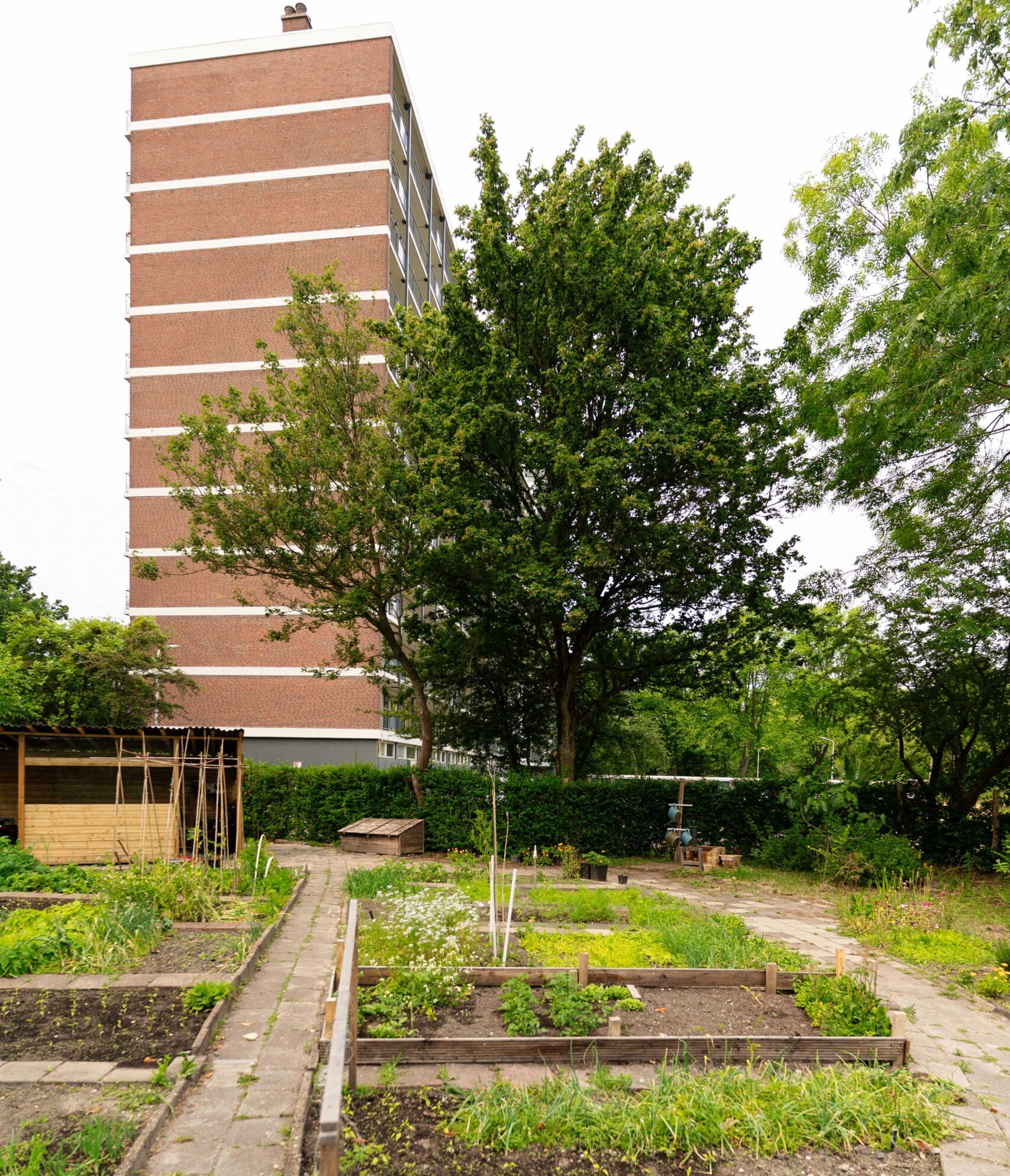
What is important for healthy cities?
- People must be protected from environmental problems such as noise and poor air quality.
- The environment should make it easy to live healthily – for example, through cycle paths and sports facilities.
- There should be places where people can meet and help each other.
How does that connect to city planning?
Urban planning means thinking about what good cities should look like in the future, for example, where houses, parks, schools, roads or shops should be built and what they should look like. Good planning can help to build better cities that promote the health of all people. Poor planning can lead to some people being disadvantaged, for example through noise, air pollution or dangerous routes. Whether a plan is implemented depends on many factors. The plan must be politically approved, the necessary funds for implementation must be available, and many stakeholders in the city must be involved. A plan is a proposal for change that must be implemented and lived by many, otherwise it remains just an idea.
Why is participation important?
When everyone has a say in planning – including young people – cities become better places for everyone. That is why participation is an important part of planning. It is about cooperation and trust: my opinion matters.
Healthy cities: findings from research
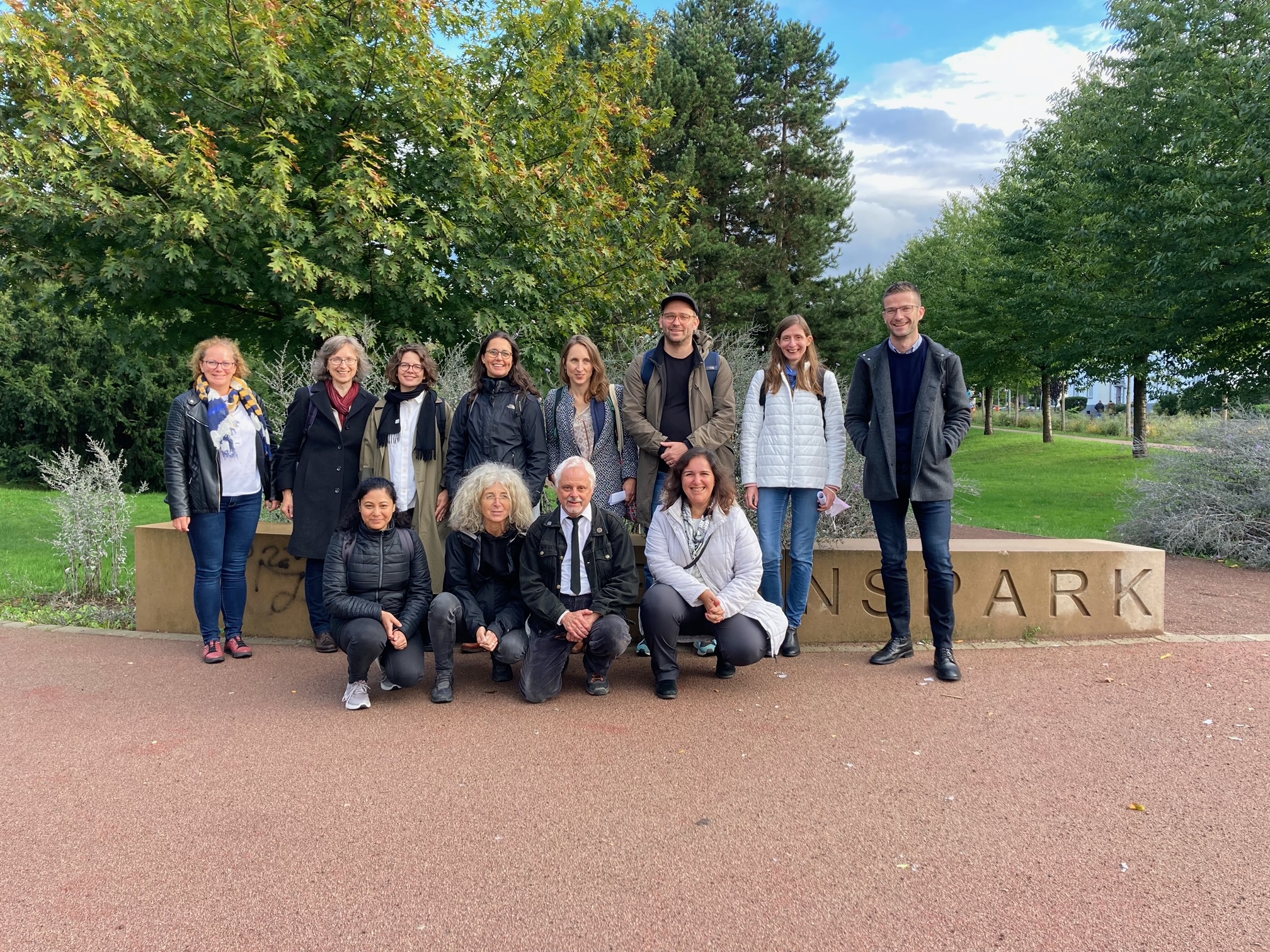
Neighbourhoods change. These changes can be shaped by various actors. But it takes good ideas, patience and the participation of local people to turn them into vibrant places that promote healthy living regardless of social inequality. To achieve this, politicians, planning and health experts and citizens must work together.
The working group ‘Urban Planning for Health Equity’ uses international examples to discuss how cities can become healthier and more equitable for all people. In recent years, international experts have done the following, for example:
- They explain important technical terms together so that everyone understands them in the same way. This is an important prerequisite, especially when working with different disciplines, but one that is often not yet in place at the present time.
- They collect good examples from different countries and make them accessible to others.
- They will also publish information for experts in the journal ‘Cities and Health’ and show how maps, diagrams, photos and other visual aids can be used to highlight health inequalities and improve urban design.
The aim is to enable experts to learn from this and to stimulate new ideas and discussions in the scientific community.
Über diesen Artikel
Lesen Sie auch
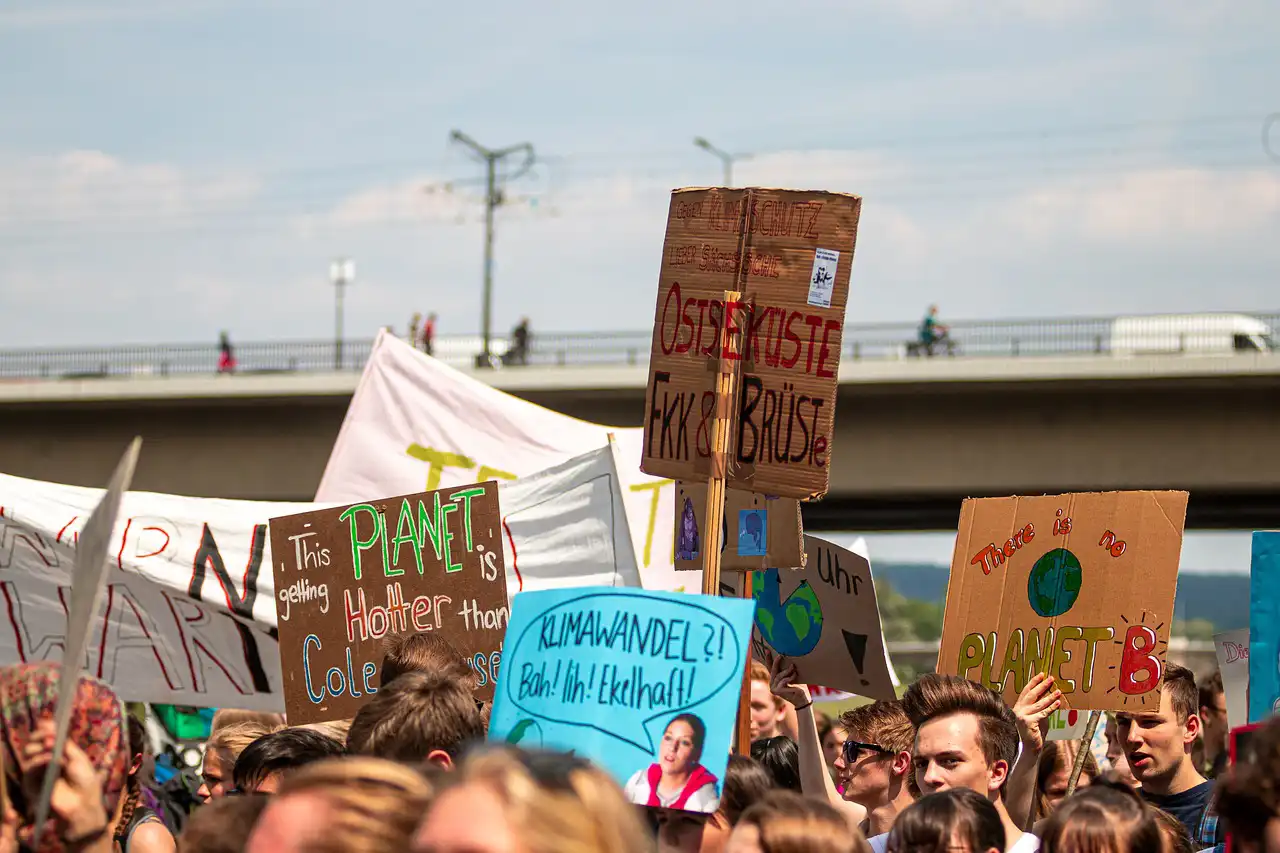
Social-ecological transformation: Stuck between enthusiasm, resistance and unusual alliances
Between optimism and resistance: the socio-ecological transformation is dividing society. While some are calling for radical change, others want to prevent any environmental protection measures. Unusual alliances could help the transformation succeed.
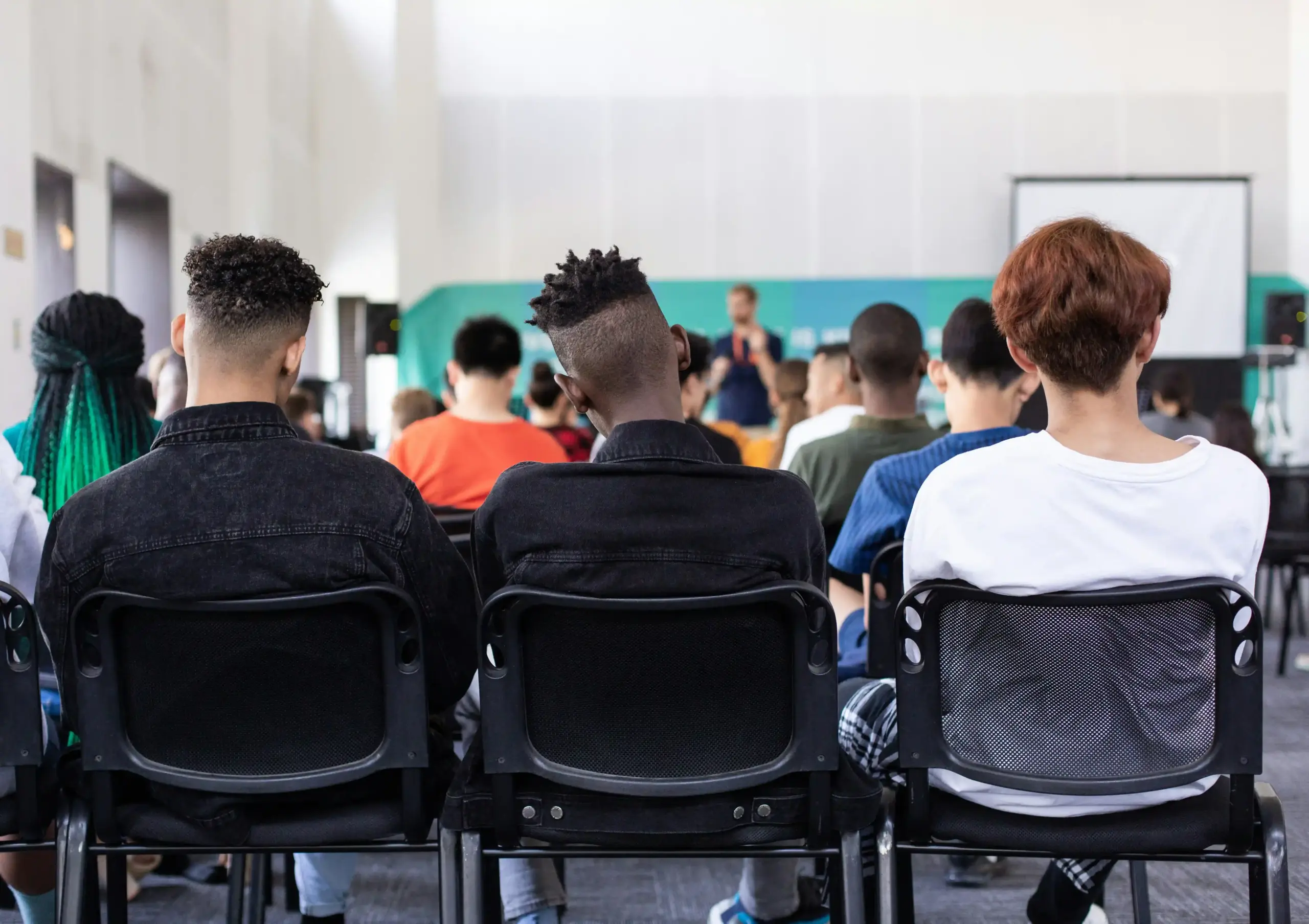
How communities can improve the integration of migrants
Millions of people seek asylum in Europe every year. However, complex rules make it difficult for migrants to arrive and integrate successfully. Local authorities have opportunities to facilitate the integration process. We present a few examples.
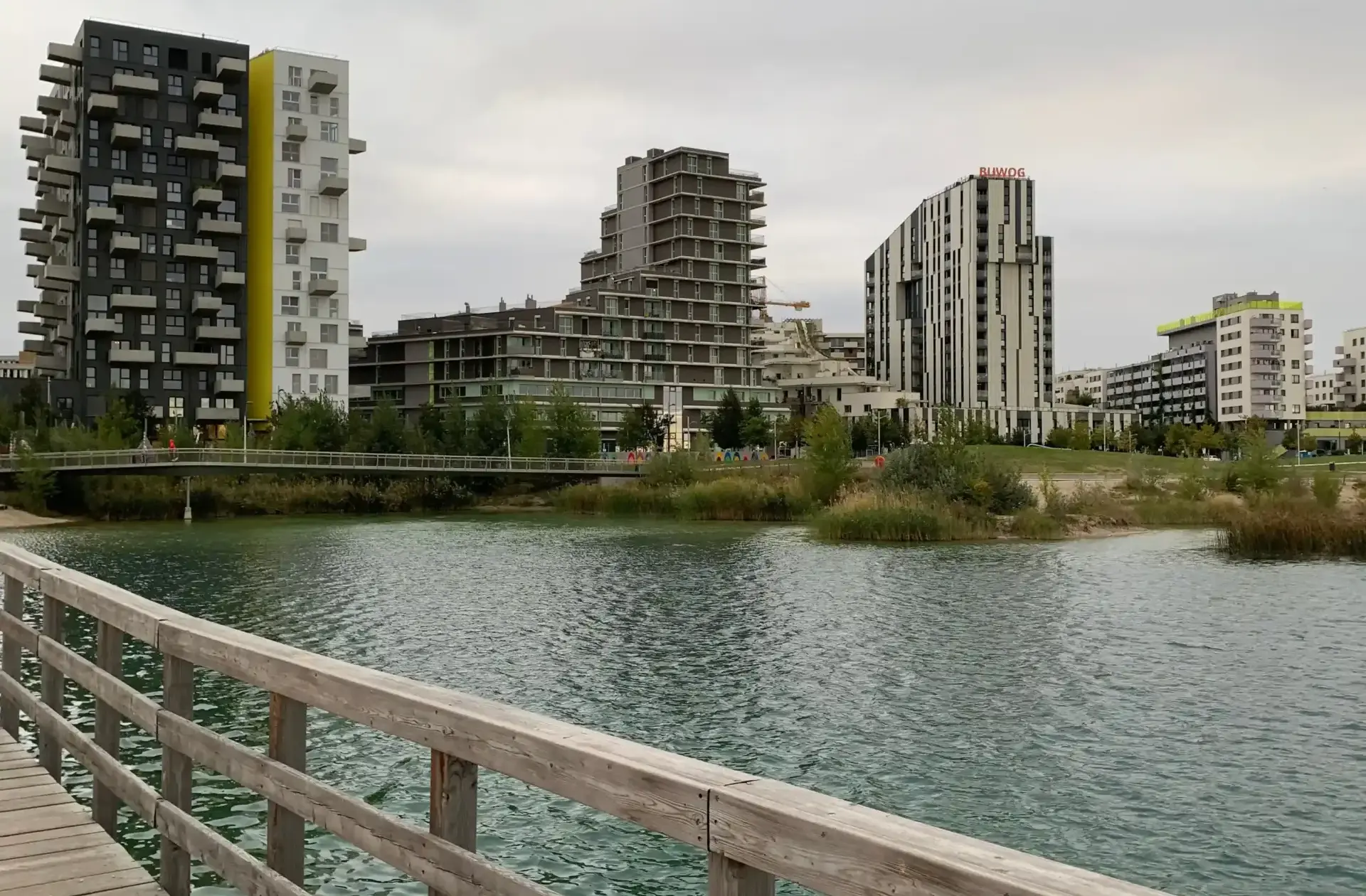
Healthy in the city: these places change our way of living
A 15-minute walk to work, school or the park – sounds wonderful, doesn’t it? But for many city dwellers, the reality is quite different. Parents in particular sometimes commute for over half an hour to work, make detours to pick up their children from daycare and regularly get stuck in traffic jams. This daily routine […]

